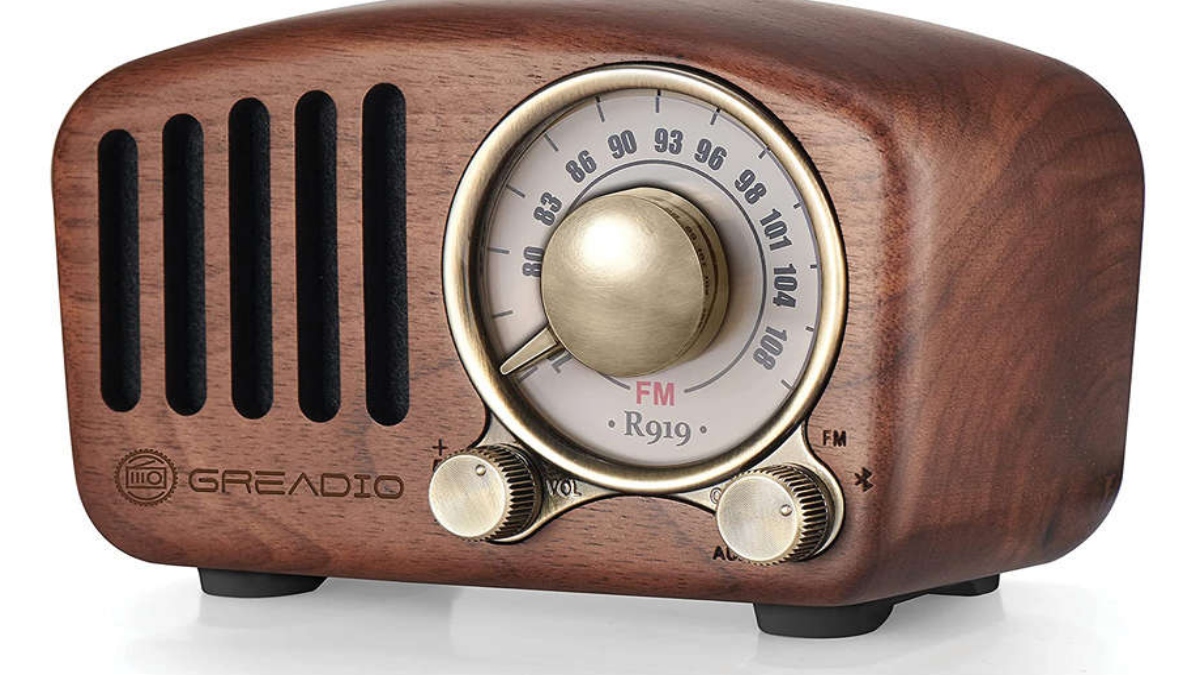


Long before the Googles of the world entered our households, our best source to beat the peak hour traffic jam was the radio. Traffic updates in between the melodies. Driving to our workplace was a breeze. Times have changed. Over the last two decades, technology has transformed our lives and challenged the radio.Despite every new technological wave that arrives, the medium continues to surprise the doomsday predictors and reinvent itself over and over again. This Phoenix power is what makes Radio every Indian’s favourite companion.
SHIFTING GEARS
Radio broadcasting in India started as a mode of entertainment. When television made its appearance, radio shifted gears and projected itself as the channel of infotainment. With the advent of the Internet, radio transformed itself into a primary source of music, traffic updates, and local happenings. And now, in the face of the digital onslaught, radio continues to embrace the new technology as an extension instead of competition.
Apurva Purohit, Industry Thought Leader, Author and Ex-President of Jagran Prakashan, one of the leading players in the FM Radio space in India, emphasises the seamlessness with which radio continues to stride ahead. She says, “To my mind, digital is more of an additional distribution option for radio than a replacement. After all, what are people looking for in digital? good content, fact-based information, and great entertainment. Traditional FM should therefore explore how its content can seamlessly become part of the massive digital distribution network to stay relevant.”
RJS ARE REIMAGINED AS AUDIO CONTENT CREATORS
With the privatisation of FM radio stations in India in 2001, RJs became household names in quick time. The meteoric rise of the Creator Economy (pegged at $9.5 billion in 2020) actually came as a blessing in disguise for the RJs, who have aggressively doubled up as audio content creators. And the future looks bright. RJ Meenal from Radio One, Pune opines, “Who better than RJs to become the new audio content creators! RJs can mould themselves very easily. It is really important for them to connect with their listeners, even online. I, for one, definitely connect with my listeners most on Instagram and talk to them about what my life is and what I’m going through. There are certain things that traditional FM radios do not allow you to do, which you can do on digital platforms, thankfully. This is one way, at least, in which traditional FM radio jockeys can stay more relevant. Relevance in terms of bringing about a seamless merge of traditional FM radio with digital content is the future. ”
AUDIO OTT IS DRIVING THE TREND
Music was the soul, is the soul and will remain the soul of radio. Industry data indicates that Indian consumers spend over 21 hours per week listening to music, as compared to the global average of 17 hours a week. Jatin Sharma, Creative Director of the Entertainment Industry, asserts that the “song listening” trend will only get better going forward. “Remember, music is audio content. It is a story spoken in rhythm. And people do ditch the video format when they want to hear meaningful songs. We prefer listening to a song rather than watching it. Audio creators need to realise this power and start producing strong content. Only then can audio survive, “he says. We need to treat audio content as audio cinema, audio series, audio world.
While video OTT platforms are hogging the limelight, audio OTT platforms are silently creating their own space in the entertainment industry. Earlier this year, two home-grown audio OTT platforms, Pocket FM and Kuku FM, both found investor appetite at record sums. Founded in 2018, Pocket FM raised $65 million in Series C funding, taking the total funding to $93.6 million, which serves as a clear sign of confidence for the medium. Ashu Behl, SVP – Content, Pocket FM, believes the habit of binge listening, just like binge watching, is catching up big time. “Audio storytelling is imbibed in our culture, and since childhood, we have been more inclined to listen to stories.” With audio stories being consumed on the go or at leisure, audio storytelling will always be a companion for any individual act, be it driving, walking, bedtime or cooking. “This leads us to form the habit of binge-listening,” he asserts.
A NEW WAVE OF
OPPORTUNITIES
Binge listening also means expanded opportunities in the sector. Kunal Wadhwani, Director – HR, Pocket FM, sees a flood of opportunities for emerging talent. “The opportunity is immense, and the talent landscape has shifted to the audio space. As the ecosystem flourishes, we start exploring more complex problems and require experts across tech, content, product, marketing, and various other roles. What happened to video OTTs and short videos 5 years ago? We foresee a similar growth trajectory for the audio streaming landscape.” As per the PWC Media and Entertainment Outlook 2020 Report, India is the third largest podcast listening market globally. The future looks extremely promising for radio. With the advancement in AI-based technology and mood mapping, advertisers are believed to see increasing value in audio OTT platforms. One thing is certain.The medium is alive and kicking, albeit in a different avatar. Like Jatin sums up, In the future, video will be for entertainment and audio will be used for stimulating the brain.
The author is a former Regional Programming Director for South India – Radio City 91.1 FM.TIMELINE OF RADIO BROADCASTING IN INDIA
The Indian Broadcasting Company (IBC) broadcasts the first ever broadcast in India from Bombay Station on July 23, 1927.
•1936–All India Radio was born. When India became independent, we had only six radio stations.
•1947–First Female News Reader, Saeeda Bano, read the news in Urdu.
•1957–All India Radio was renamed Akashvani.
•1977–Chennai gets its first FM station.
•2001–India’s first private FM radio station was launched (Radio City, Bangalore).